Gyoza - Japanese dumplings for every taste
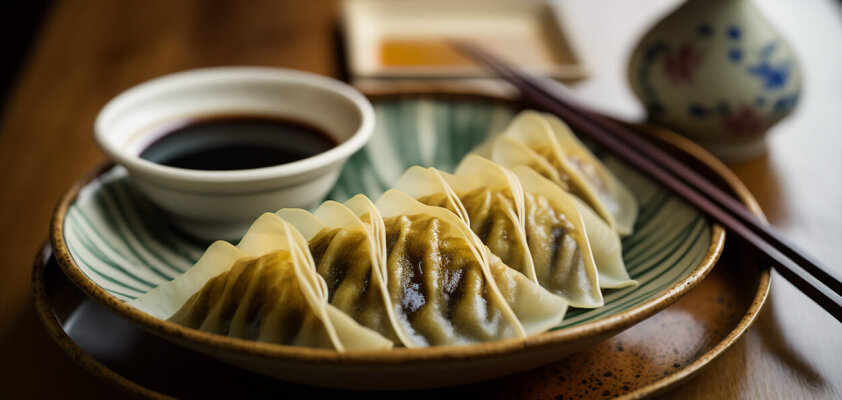
Everyone loves Gyoza: Whether filled with meat or vegetarian, warm or cold, as a side dish or main course – filled dumplings taste good to almost everyone. If you haven't tried them yet – convince yourself!

What are gyoza?
In Chinese, they are called Jiaozi, in Korean Mandu, or in Japanese, they are known as Gyoza: Filled dumplings are found in many cultures. Not only in Asia do these nutritious and delicious recipes stand out, but we also have them in various forms. Asian stores and supermarkets now offer Japanese and Chinese "Dumplings" that are worth a try. What makes them so popular?
While in our culture dumplings are usually boiled or pan-fried, in Japan they are also briefly steamed afterward. You'll also find purely steamed, boiled, and fried Gyoza, mostly in Chinese restaurants. Then there's the filling: minced meat with vegetables and spices, accompanied by a tasty sauce.
Japanese and Chinese dumplings are not so different after all: Both are prepared similarly, generously filled, and taste excellent. However, there are still subtle differences. Japanese Gyoza often contain more garlic, sometimes even ginger. They also have significantly thinner dough, making them even crispier. Usually, they are also a bit smaller than Chinese dumplings.
A brief history of Japanese dumplings
Another difference lies in the filling of the dumplings: In Japan, pork minced meat is very common, while Chinese dumplings can be filled with almost any type of meat or even fish. The affordable meat reflects the origin of Gyoza. Almost 2000 years ago, the Jiaozi variant was reportedly invented in legend to help freezing Chinese people through the winter. Because their ears often froze in the cold, its inventor, the physician Zhang Zhongjing – incidentally, also the discoverer of Chinese herbal medicine – gave the filled dumplings the shape of an ear.
When Japan occupied a part of China during World War II, soldiers there got to know and love Jiaozi. They brought dumplings, including Gyoza, along with other dishes to Japan, quickly popularizing them. During the post-war reconstruction, they became popular as a nutritious meal for busy workers.
Although Gyoza hasn't been around for as long, they have a firm place in Japanese cuisine. Especially if you find yourself in the Tochigi Prefecture, such as Nikko, be sure to try Gyoza as a well-known specialty of this region.
How Japan eats its gyoza
In Japan, Gyoza dumplings are preferably enjoyed as an appetizer with Ramen or as a snack in an Izakaya, the traditional Japanese pub. They are typically served in portions of about four to six pieces. A delicious dip made of soy sauce and rice vinegar complements this dish. Unlike sushi, nutritionally filled dumplings in Japan are not considered a delicacy but are a part of everyday life. They also make a satisfying snack in a Bento. Natural ingredients in the recipe are a given, and the vegetables provide some healthy vitamins. During hot weather, Gyoza can be enjoyed cold: simply prepare and let them cool. Additionally, they freeze well and can be stored for later.
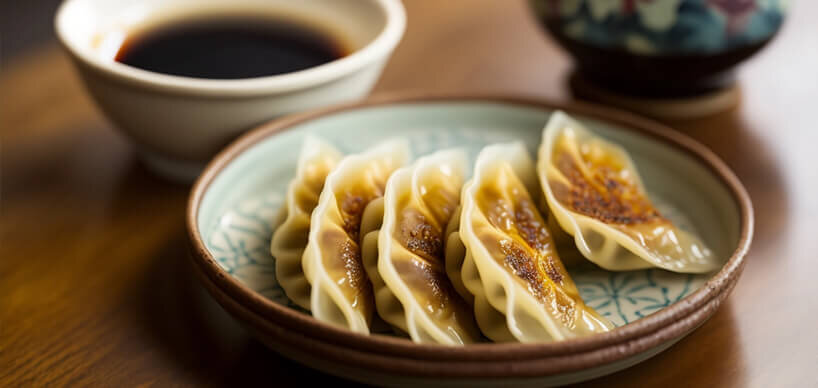
Here in this country, they are sold in the frozen section of Asian stores or served in small portions in restaurants. However, unlike Japan, these variations, whether filled with meat or vegetables, are usually quite expensive here – and you may not know the ingredients and their origin. Our tip: Cook them yourself!
Homemade filled dumplings: Gyoza recipe
 4 personsNo. of persons
4 personsNo. of persons
 ca. 60 min Preparation time
ca. 60 min Preparation time
 ca. 60m minTotal Time
ca. 60m minTotal Time
 easyLevel of difficulty
easyLevel of difficulty
 main mealDish
main mealDish
 ca. 400kcal per portionCalories
ca. 400kcal per portionCalories
 Meat
Meat
 Lactose-free
Lactose-free
 Eggs
Eggs
 Kitchenware
Kitchenware
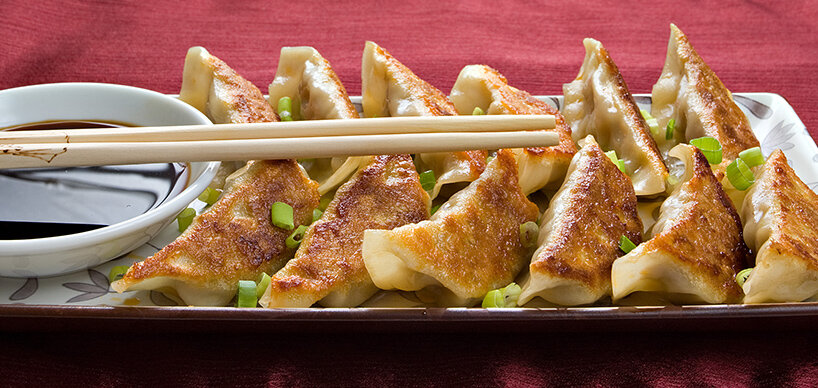
|
30
Pastry sheets
|
|
200g
Minced meat
|
|
1
egg
|
|
1/4
Cabbage
|
|
2
Spring onions or one onion
|
|
2
Carrots
|
|
1
Garlic clove
|
|
2 tsp
ginger
|
|
2 tbsp
soy sauce
|
|
1-2 tbsp
sake
|
|
1 tbsp
sesame or other vegetable oil
|
|
Salt and pepper
|


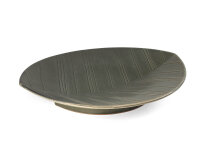
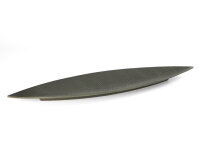
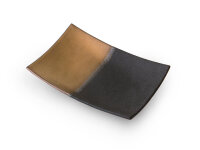
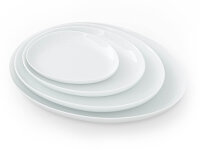
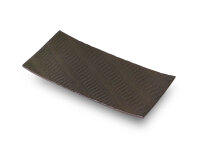
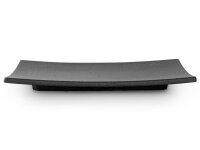
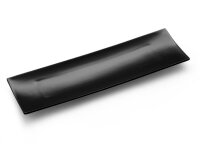

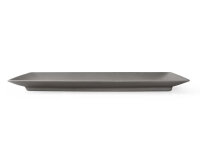
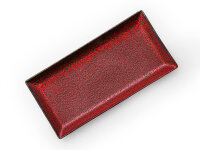
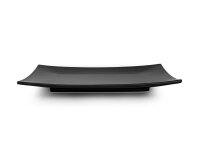

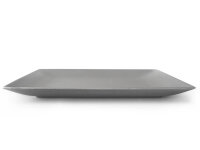
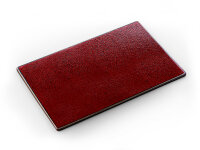
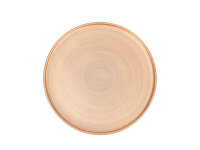
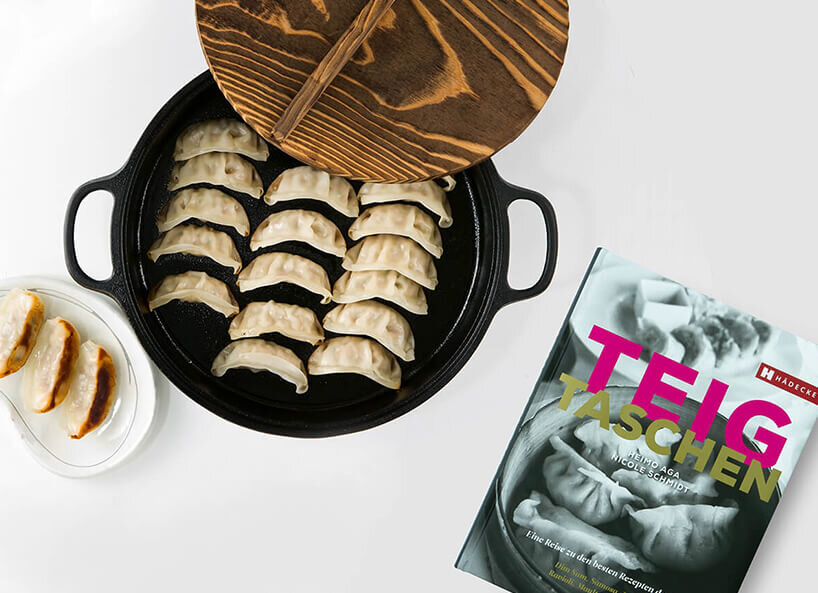
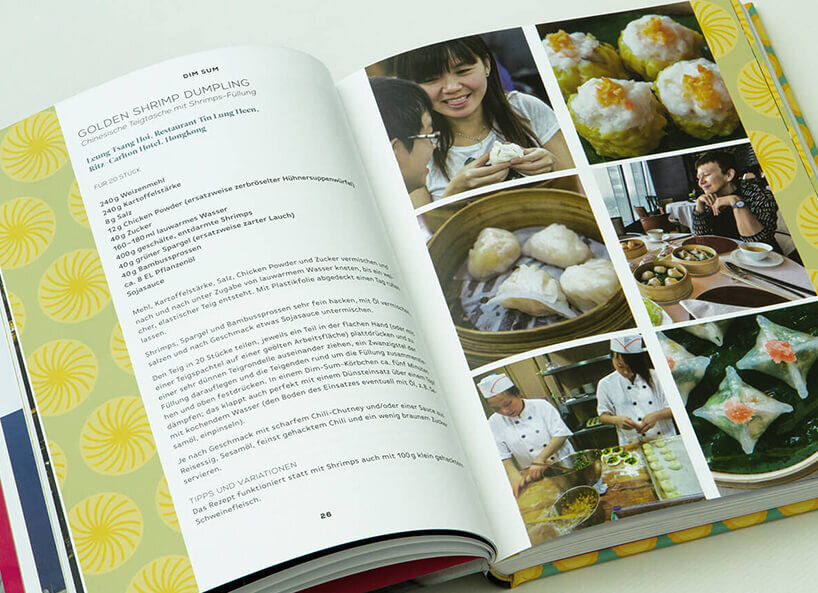










-from-the-yakiyaki-grill-pan.jpg)




